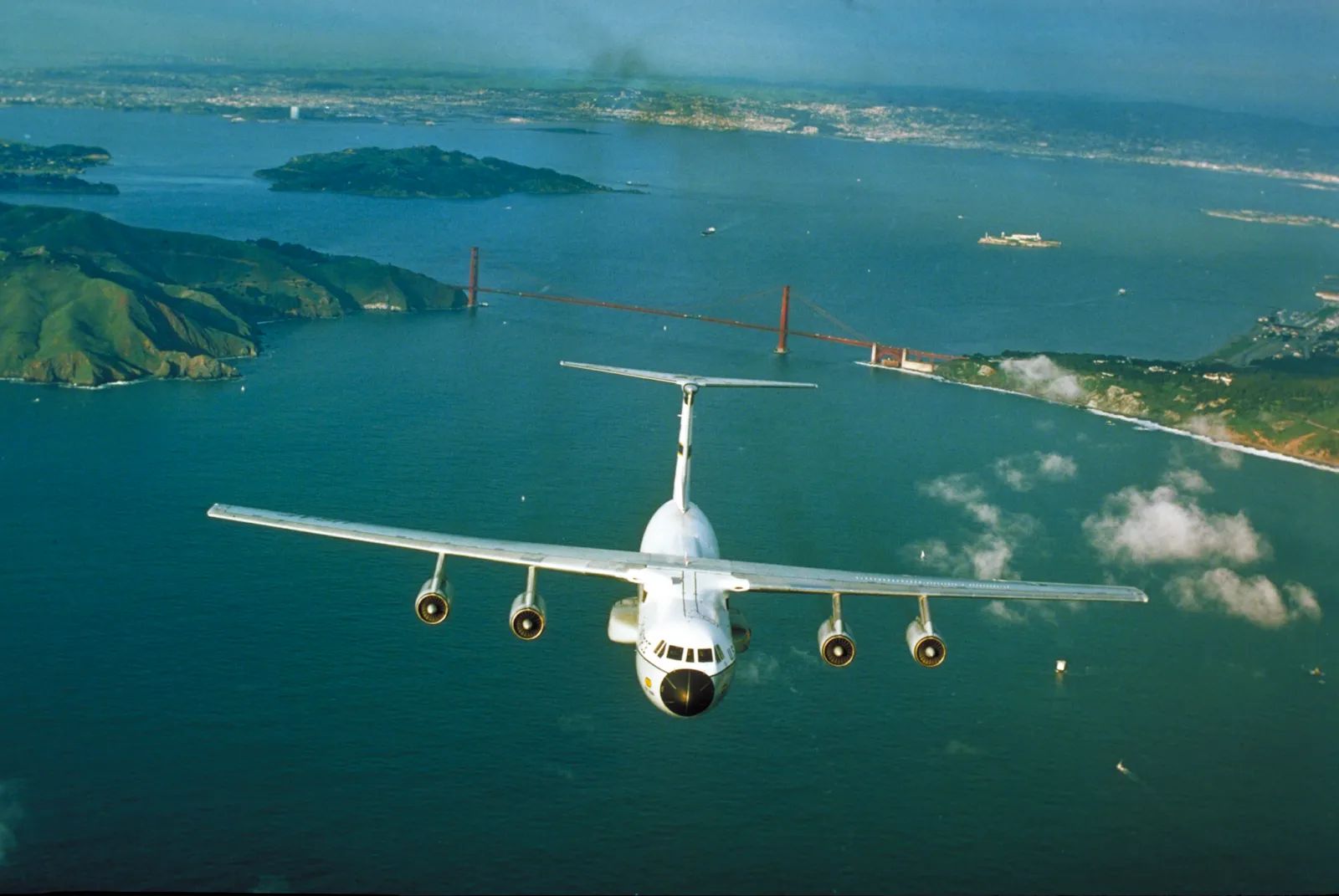Project Chestnut: Why the US Secretly took China on a Tour of CIA HQ
US relations with China may be strained over Taiwan and the 2023 ‘spy balloon’ incident but the former Allies once bonded over an extraordinary joint spying mission during the Cold War.
US-China relations thawed in the late 1970s when President Jimmy Carter established diplomatic ties with the People’s Republic of China and its de facto leader Deng Xiaoping. They shared a common concern: the Soviet Union and its growing arsenal of nuclear weapons.
Richard Nixon had established closer ties with Beijing before his disastrous Watergate resignation, and the time was right to broker a deal. The US wanted to use the mountains in Western China to spy on a Soviet nuclear test site. Deng wanted something in return: US spy technology and a tour of the CIA’s inner sanctum.
The classified visit was to take place under the cover of darkness.

Project Chestnut
Project Chestnut was an incredible Cold War operation that brought together the CIA and the intelligence unit of the Chinese military - the People’s Liberation Army (PLA), according to NPR Boston and The New York Times’ Jane Perlez.
The Americans were pushing for the deal as Iran’s Islamic revolution closed the US signals intelligence stations - Tacksman I and II - that monitored Soviet activities in Central Asia.
Project Chestnut played out in several stages. Once Jimmy Carter officially recognized the PRC, he invited Deng to the White House. Deng was welcomed with full military honors and a 19-gun salute. After a state dinner, Deng and Carter adjourned to the John F. Kennedy Center for the Performing Arts to enjoy the Joffrey Ballet, and performances by musician John Denver and actress Shirley MacLaine, as well as a show by the Harlem Globetrotters basketball team.
No stone was left unturned to ensure Deng’s visit was celebrated. Deng had another request, however.
"The brand new social experience where you activate your gaming skills as you train like a spy."
- TimeOut
Take on thrilling, high-energy espionage challenges across different game zones.

The CIA’s inner sanctum
The Chinese leader wanted a tour of the CIA, according to Perlez and ex-Defense Secretary Robert Gates. CIA officers scoured Deng’s schedule for ‘white time’ (time he would be meeting with the Chinese delegation and out of the public eye) and noted his final evening in D.C. was suitable for all - most of the CIA staff would be at home so there would be fewer prying eyes.
Deng’s first stop was the command center where he viewed maps from American satellites including the locations of the proposed joint US-China spying stations. His next stop was the seventh floor where CIA brass have offices. The CIA’s director, US Navy Admiral Stansfield Turner, and Deng reportedly had a 45-minute meeting about the planned Western China spy stations and China’s desire to obtain US technology.
Months later, in April 1979, a US official - junior Senator Joe Biden - asked Deng if China would permit US intelligence monitoring equipment. In response, Deng said that if the US gave the equipment to China and trained its personnel, China would operate it and share the data. The joint CIA-PLA spy stations were a go.
Carter's administration denied it had offered spying gear to China to aid in monitoring Soviet missile activities but information that has come to light since raises doubts about the denial.

Project Chestnut: the enemy of my enemy…
Although Project Chestnut remains classified, The New York Times reported in 1981 that the US was jointly operating a signals intelligence station with China in the Xinjiang Uyghur Autonomous Region in western China near the Soviet border and two Soviet missile-testing bases.
A US C-141 aircraft loaded with espionage technology landed at Beijing airport a few months after Biden questioned Deng, according to Perlez. Two dozen NSA military technicians flew to Beijing to train the Chinese in how to operate US computers, transmitters, and other equipment. Sensitive antennas were set up on the mountains in the Xinjiang area. By 1989, there were 10 US-built spy stations in China, according to the Washington Post.
CIA Director Stansfield Turner - who’d grown a mustache and donned a Polish worker’s cap - visited one of the spy stations in 1980 with Robert Gates, then a CIA Soviet expert. “My role on the trip was to brief the Chinese side on what the Soviets were doing militarily and politically,” Gates told Perlez. “To be a CIA officer and not feel like we were about to get arrested in the middle of Beijing was a ‘pinch-me’ moment for sure.”.
It was not a moment that would last. The spy stations reportedly shut their doors in the early 1990s. The Soviet Union - the enemy that bound China and the US - imploded with the end of the Cold War in December 1991.
SPYSCAPE+

Join now to get True Spies episodes early and ad-free every week, plus subscriber-only Debriefs and Q&As to bring you closer to your favorite spies and stories from the show. You’ll also get our exclusive series The Razumov Files and The Great James Bond Car Robbery!


Gadgets & Gifts
Explore a world of secrets together. Navigate through interactive exhibits and missions to discover your spy roles.
Your Spy Skills
We all have valuable spy skills - your mission is to discover yours. See if you have what it takes to be a secret agent, with our authentic spy skills evaluation* developed by a former Head of Training at British Intelligence. It's FREE so share & compare with friends now!
* Find more information about the scientific methods behind the evaluation here.


Stay Connected
Follow us for the latest
TIKTOK
INSTAGRAM
X
FACEBOOK
YOUTUBE